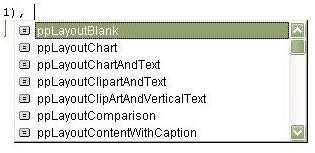VBA Terminology for Slide Layout Property Values in Microsoft PowerPoint 2007
Different Slide Layout Values
There are many types of slide layouts that can be inserted into a PowerPoint presentation, both manually and with a macro. If you are inserting a slide manually from the Home tab of the PowerPoint ribbon, it’s easy to pick the one you want since you are given a nice preview image of the slide. However, if you are writing a macro to insert additional slides into your presentation, as we did in Part 4 of this series, you’ll need to know what terminology to use in the Visual Basic editor to represent the type of slide you want to add.
There are 29 different values that can be used for slide layouts in PowerPoint 2007. A full listing of these values will appear in the Visual Basic editor when you are writing a statement in your macro that requires you to designate one of these formats. See the screenshot below for an example. (Click the image for a larger view.)
It shouldn’t take long to build up a familiarity with these values once you begin using them on a regular basis. To help get you started, we’ll list and describe some of the more commonly used values for the slide layout property. In an effort to maintain uniformity, we’ll use the Paper theme in all of the screenshots associated with these descriptions.
ppLayoutBlank – This is the value we used for the slide layout when creating a macro to insert additional slides in Part 4 of this series. It is associated with a slide that is completely blank except for any theme that you might be using in your presentation. A screenshot of this can be seen in the first image below.
ppLayoutText – Use this value for a slide that contains both a title and a text box. The second image below is a slide created with this value.
ppLayoutTitle – This value is used to create a basic title slide as shown in the third screenshot below.
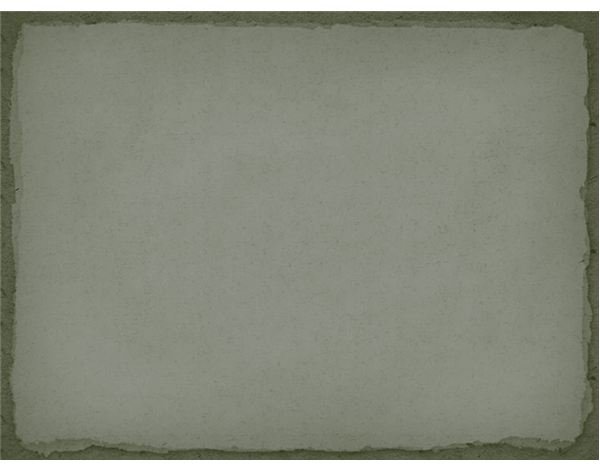
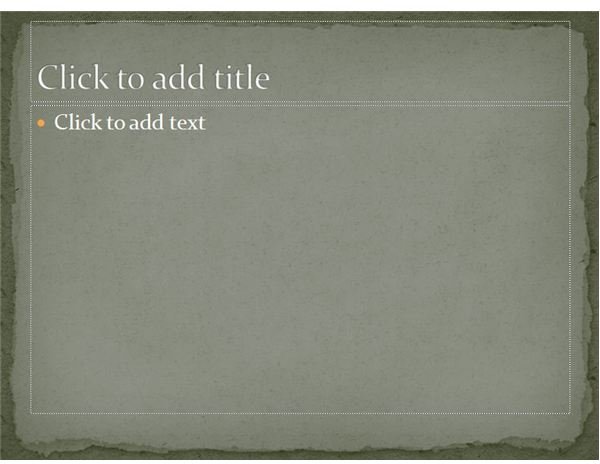
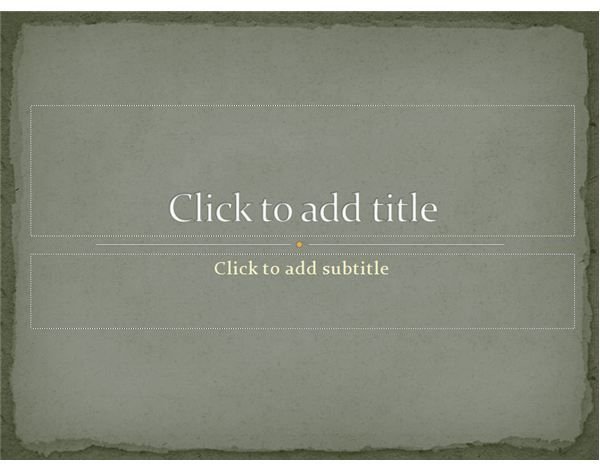
ppLayoutTwoObjects – If you want to create a slide that has a title and two columns, use this value. See the first image below for a screenshot.
ppLayoutChart – As the name would suggest, this value is used for a slide that has a title and an area in which you can insert a chart. This is shown in the second image below.
ppLayoutLargeObject – This type of slide, pictured in the third image below, has no title area. Instead, the entire area of the slide is reserved for a chart, image, text box, or some other object.
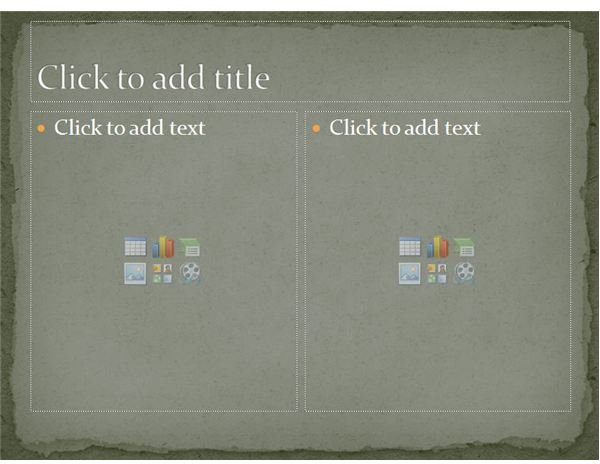
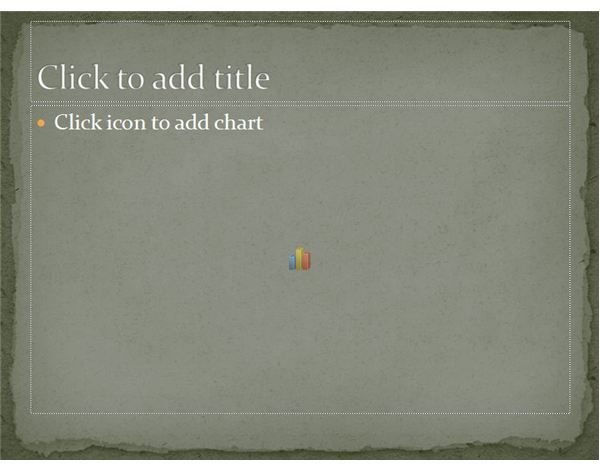
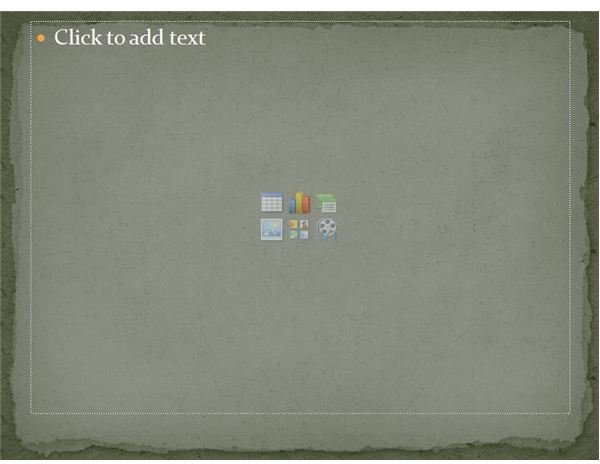
As you’ve probably noticed by now, the name of the slide layout property value gives a pretty good indication of the type of slide to which it is referring. However, if you ever have a question about what type of slide is associated with a particular value, you can always take the macro created in Part 4 of this series, substitute in the value you wish to check, and then run the macro. Just remember to change the macro back when you’re done – that is, unless you like it better with the changes!
Additional Resources: For more tips, be sure to take a look at the other items in Bright Hub’s collection of Microsoft PowerPoint user guides and tutorials. New and updated articles are added on a regular basis, so bookmark us and check back often.
This post is part of the series: Using Macros in Microsoft PowerPoint 2007
If you constantly find yourself performing the same tasks over and over again in PowerPoint 2007, break free from the monotony by learning to create and use macros. In this series we will cover how to use macros in PowerPoint 2007 and how they have changed from previous versions of the application.
- Microsoft PowerPoint 2007 Macro Basics
- Creating New Macros in Microsoft PowerPoint 2007
- Executing Macros in Microsoft PowerPoint 2007
- Inserting Multiple Slides in Microsoft PowerPoint 2007 Presentations
- Slide Layout Values in Microsoft PowerPoint 2007
- Best Add-Ins for Microsoft PowerPoint 2007
- Microsoft PowerPoint 2007: Installing Third-Party Add-Ins
- Using OfficeOne Shortcut Manager in Microsoft PowerPoint 2007
